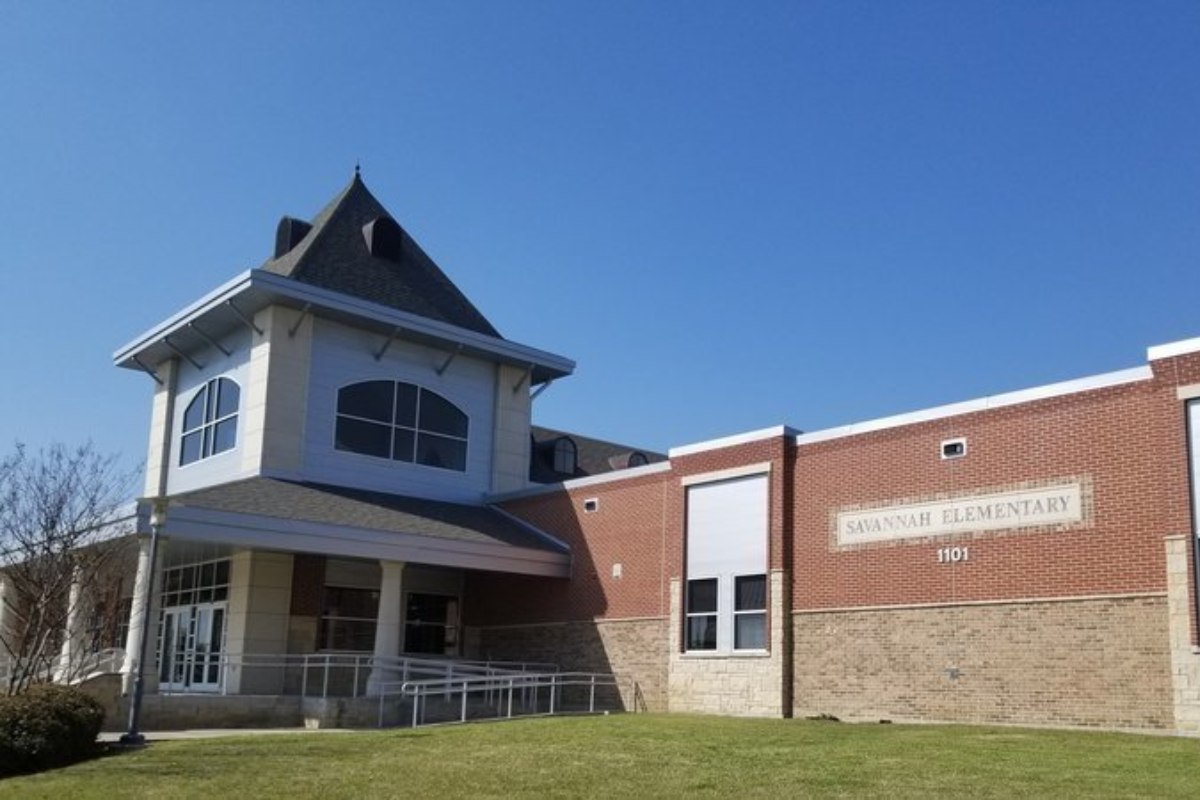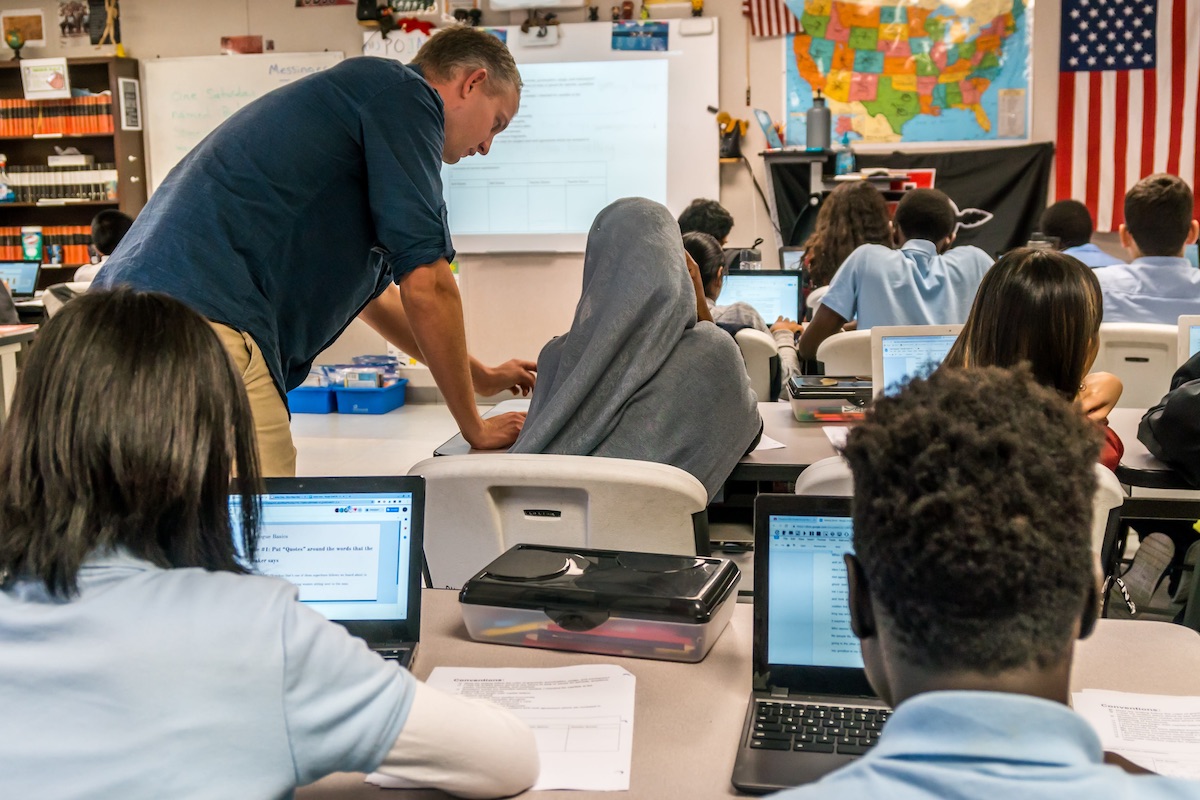Addressing the Achievement Gap in Low-Performing Schools: Exploring Effective School Improvement Policies

The achievement gap in low-performing schools is an issue that has been pervasive for many years. This gap, which is the difference between the academic performance of students from different racial and socio-economic backgrounds, has been the subject of much debate and discussion among educators, policymakers, and researchers. It’s important to understand the root causes of the achievement gap in order to address it effectively. Low-performing schools are often characterized by limited resources, inadequate facilities, and inadequate teaching staff. This can lead to a lack of quality instruction, which in turn can lead to lower student performance.
In addition, low-performing schools tend to have higher student-teacher ratios, which can make it difficult for teachers to provide individualized attention to students who need it. Another factor that contributes to the achievement gap is the lack of access to quality educational materials and resources. Low-performing schools tend to have fewer materials and resources available to students, which can make it difficult for them to reach their full potential. In addition, students in low-performing schools may face other barriers, such as language barriers, cultural differences, and poverty. All of these factors can prevent students from achieving academically.
What Does the Research Say?
A recently released meta-study in the American Educational Research Journal entitled “Improving Low-Performing Schools: A Meta-Analysis of Impact Evaluation Studies” reviewed 141 estimates from 67 studies of post-No Child Left Behind Act turnaround policies. This study concluded that on average, school improvement policies have shown positive effects on high-stakes math achievement and low-stakes performance in STEM and humanities subjects. Extended learning time and teacher replacements appear particularly promising, as well as the federal “restart” model. Principal replacements are associated with more negative program impacts. Future research should explore which intervention features are most cost effective and scalable, and study the effects of broader accountability policies.
What is the Federal “Restart” Model?
The federal restart model is a school reform strategy that encourages school leaders to use federal funding to create more personalized learning experiences and support systems for students. This model promotes a focus on the whole child and a shift away from traditional test-driven, one-size-fits-all education models. The four key components of the restart model are:
- Personalized learning
- Whole child support
- Family engagement
- Community partnerships

The goal of the restart model is to create an equitable learning environment that empowers all students to reach their full potential.
The federal restart model emphasizes personalized learning, which allows teachers to tailor instruction to meet the individual needs of each student. Teachers can use a variety of instructional strategies, such as small group instruction, flexible grouping, and project-based learning, to create a learning environment that meets the unique needs of each student. The model also promotes the use of data to inform instruction and to track student progress.
In addition to personalized learning, the restart model focuses on providing whole child support. This includes meeting the social-emotional, physical, and mental health needs of students. Teachers and school staff can provide support through individualized counseling, mentoring, and other interventions.
The restart model also emphasizes family engagement. School leaders can build relationships with families and involve them in their child’s education. This can include providing resources and support for families to help ensure that students have the support they need to succeed.
Finally, the restart model promotes the development of community partnerships. Schools can work with local organizations to provide wraparound services for students and families. This can include access to after school programs, health services, and other community resources. All of these components of the restart model work together to create an equitable learning environment that supports the success of all students.
Do Staff Replacement Strategies Really Work?
Yes, staff replacements in turnaround schools can work, but it depends on the specific circumstances of the school and the type of replacement being made. For example, replacing the entire staff of a school with new teachers may be successful if the new staff has the correct qualifications, training, and experience to lead the school in a new direction. However, replacing only a few staff members may be less effective if the new staff members are not properly integrated into the existing school culture or if the new staff members lack the necessary qualifications, training, and experience. Additionally, the success of any staff replacements in turnaround schools will depend on the quality of instruction and support provided to the new staff, as well as the amount of time and resources devoted to helping the school to implement the necessary changes.
The aforementioned meta-study suggests that teacher replacements are related to achievement gains in both math and English language arts when adjusting for whether the intervention was carried out in a predominately Latino context. Interestingly, the study also concluded that principal replacements do not seem to be an advantageous part of school improvement endeavors.
Additional research on the effectiveness of staff replacements in turnaround schools has yielded mixed results. Studies have found that replacing a small number of staff members, such as the principal and a few key staff members, can lead to improved student outcomes in some cases. Other research has found that replacing an entire school staff with new teachers can lead to improved student performance in the short term, but that these gains may not be sustained over the long term.
What are the Benefits (and Challenges) Surrounding Extended Learning Time?

Extended learning time (ELT) is a form of educational reform that allows students to spend more time in school, either through longer school days or by extending the school year, in order to increase academic achievement. ELT is designed to give students additional time to engage in learning activities that are tailored to their individual needs. It is often used in combination with other reforms such as increased teacher training, curriculum redesign, and technology-aided instruction.
Research on extended learning time has shown mixed results. Studies have found that students who attend schools with ELT programs tend to score higher on standardized tests and have higher attendance rates. However, these benefits are not seen in all students, and there is some evidence to suggest that students who are already at-risk or behind in their studies may not benefit as much from ELT programs. Additionally, there have been concerns raised about the cost of implementing and maintaining ELT programs, as well as the potential for students to become over-extended and burned out due to the extended hours.
There is evidence to suggest that extended learning time, staff replacements, and the federal restart model can be effective in improving student outcomes in low-performing schools. The success of these school improvement policies will depend on the specific circumstances of the school, the quality of instruction and support provided to the new staff, and the amount of time and resources devoted to helping the school to implement the necessary changes. Ultimately, the key to addressing the achievement gap in low-performing schools is to create an equitable learning environment that supports the success of all students.
This article is available and can be accessed in Spanish here.






